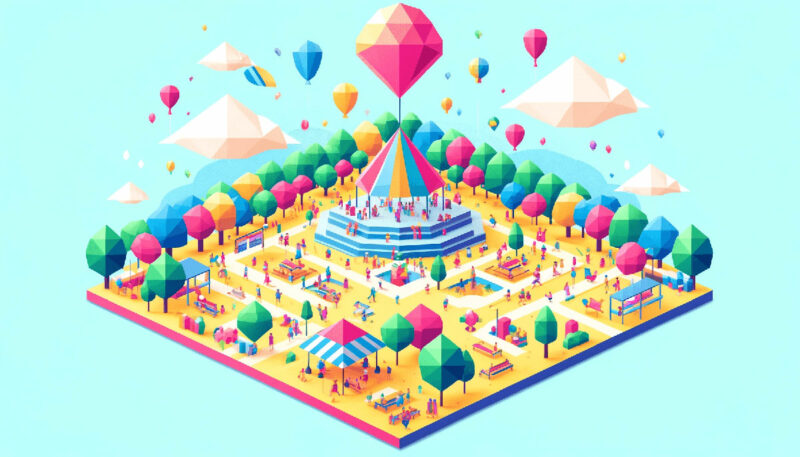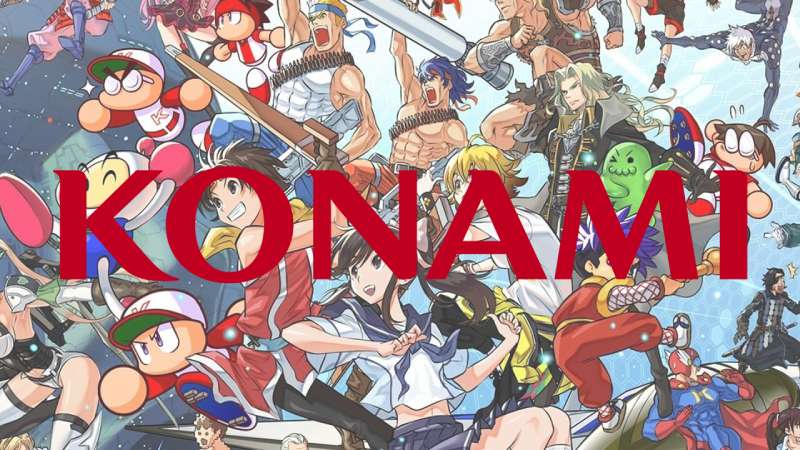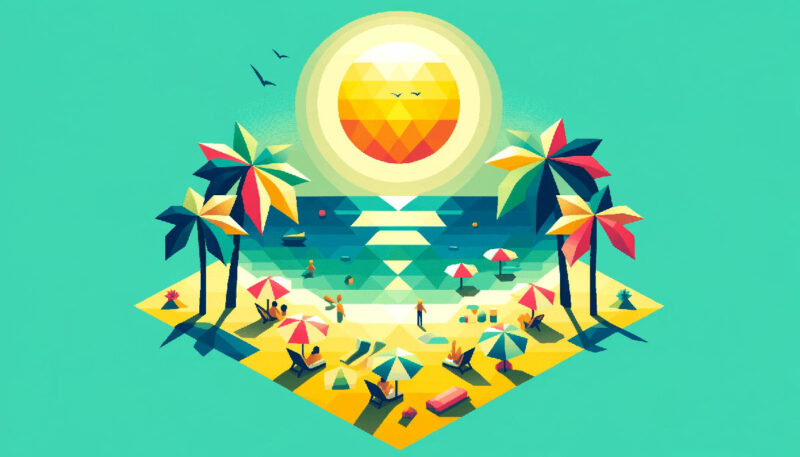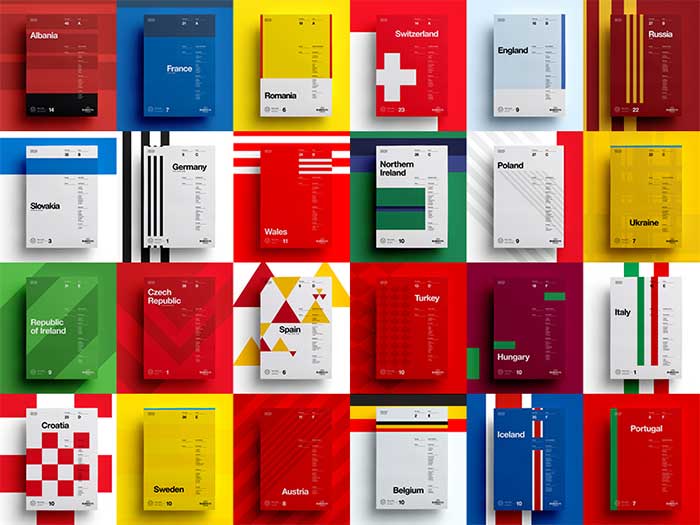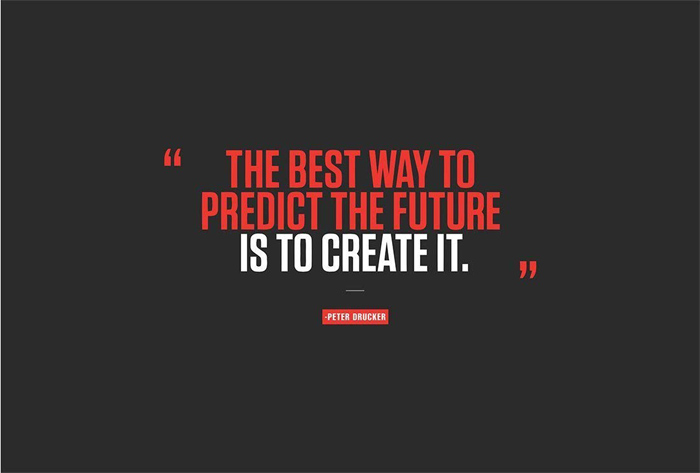Popular Illustration Styles You Should Master
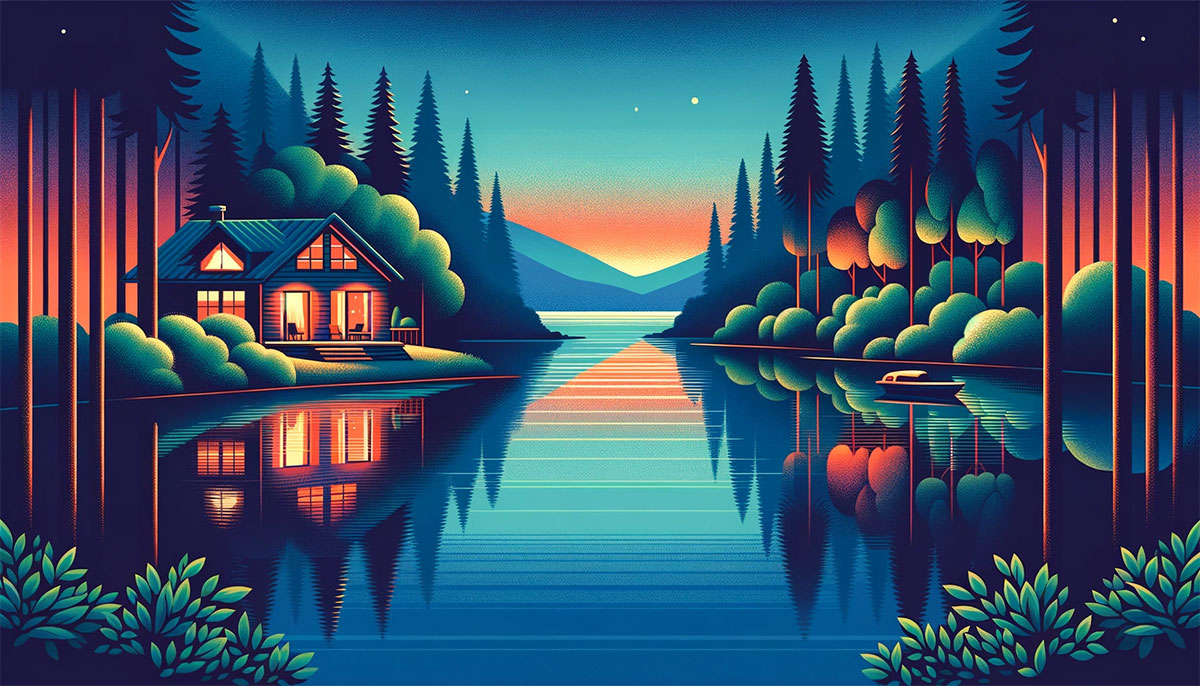
Imagine this: Your message, leaping off the page, grabbing eyeballs, hearts, minds. That’s the power of illustration styles—your silent narrator in a world buzzing with visuals.
Now, you’re here because visuals aren’t just a backdrop; they’re the main show—and you, my friend, you’re ready to conduct the orchestra. You’re about to embark on an intricate dance through the brushstrokes of artistic expression, the sharp vectors of digital design, and the whimsical charms of sketching methods.
By the end of our visual voyage, you’ll unearth the secrets behind each drawing technique, decipher the language of color palettes, and command the very textures in art that make onlookers pause and ponder. Whether it’s the sleek lines of a vector artwork or the nostalgic vibes of vintage illustrations, you’ll have the know-how to speak volumes without uttering a single word.
Dive with me into the kaleidoscope that is illustration styles—from the delicate whispers of watercolor to the bold declarations of pop art—and emerge with the power to paint a thousand words.
Table of Contents
- Historical Perspective of Illustration
- Popular Illustration Styles
- Traditional and Modern Illustration Styles
- Specialized Illustration Styles
- Digital vs. Traditional Illustration
Historical Perspective of Illustration
Evolution of Illustration Styles
Let’s dive right into the heart of illustration styles, starting from way back when.
Imagine this: our ancestors, chilling in their caves, decide to grab a piece of charcoal and sketch their day out hunting on the cave walls.
That’s where this whole saga begins, my friend. Fast forward through history, and each era adds its own flavor to illustration styles.
Prehistoric Times to the Middle Ages
It’s like watching a kid grow up. Early art was all about survival stories and spiritual beliefs. These weren’t just drawings; they were stories, an ancient form of Instagram, if you will.
As time rolled on, we hit the Middle Ages, and bam! Religious texts got illustrations that were more detailed than your grandma’s quilt.
Renaissance and Beyond
Now, hold on to your hats because the Renaissance was the glow-up era for art.
Artists were like, “Let’s get real,” and they started focusing on realism, perspective, and making things look 3D on a flat surface. This was the era of ‘think outside the box’ in terms of artistic techniques and visual storytelling.
Industrial Revolution – Digital Age
Fast forward again, and the world changes gears with the Industrial Revolution.
Suddenly, we’ve got printing presses, and illustration styles are spreading faster than a cat video on the internet (not really, but you get the point).
Then the digital age hits, and whoa, the game changes again.
Digital art, graphic design, you name it – the world of illustration styles explodes into a kaleidoscope of creativity.
Impact of Cultural and Technological Changes
This journey isn’t just about new tools and techniques; it’s a story of our world, our societies. Each shift in culture and technology stirred the pot for illustration styles.
Cultural Influences
Think about it.
Every big cultural shift brought new themes and ideas into the art world.
From religious manuscripts to political satire in caricatures, illustration styles were the voice of the people, echoing the times. It’s like art was having a conversation with history.
Technological Advancements
Let’s not forget the tech side of things. With each new invention, artists got new toys to play with.
Printing presses, photography, and eventually digital tools like Adobe Illustrator and graphic tablets – all these pushed the boundaries of what illustration styles could be.
Digital illustration isn’t just about cool visuals; it’s a whole new form of storytelling, blending traditional media with modern digital illustration.
Evolution Continues
And here we are today, riding the wave of this evolution. From vector graphics to 3D illustration, the story of illustration styles is far from over.
It’s not just about drawing or graphic design; it’s about how we, as a society, see and understand the world.
Whether it’s through a children’s book art or a high-end fashion illustration, these styles are the lenses through which we view and shape our world.
Popular Illustration Styles
Minimalist Illustration
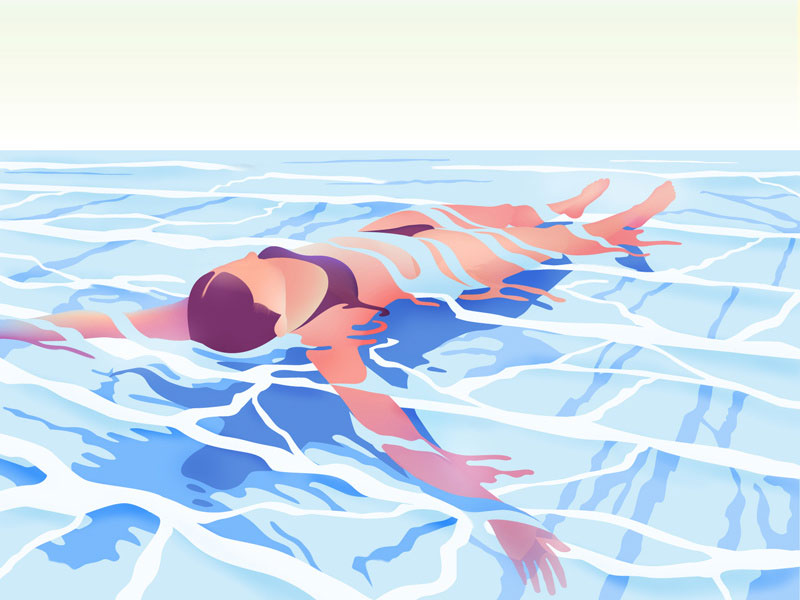
Okay, picture this: Minimalist illustration. It’s like the art world’s version of ‘less is more’.
We’re talking simple lines, limited colors, and a whole lot of breathing space. It’s like taking a deep, calming breath but in art form. Minimalism in illustration isn’t just a style; it’s a statement.
- Principles of Minimalism: Imagine you’ve got a cluttered desk, right? Now clear it all off except for your favorite pen. That’s minimalist illustration. It’s about honing in on the essentials. No fuss, no frills. Just pure, clean artistry.
- Applications: You’ll see this style everywhere once you start looking. From logos that catch your eye with just a few strokes to those super sleek app designs. It’s all about making an impact with as little as possible.
Big and Bold Illustrations
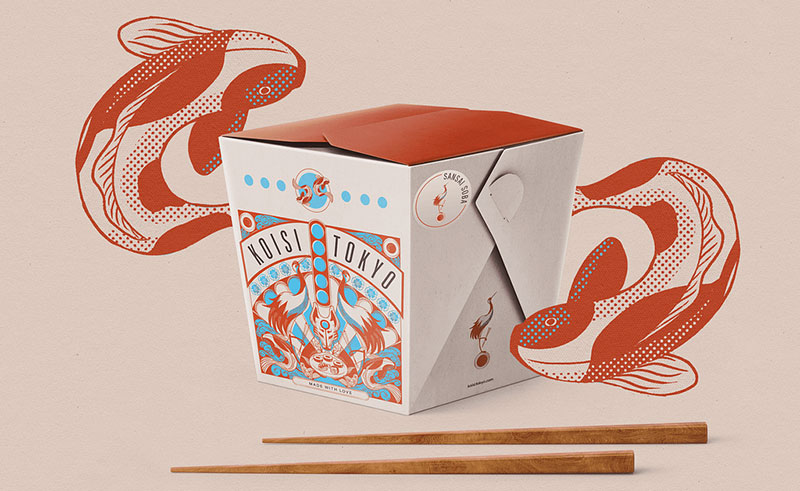
Next up, we’ve got the big and bold illustration style. Think of it as the life of the party. This style is all about making a statement and being seen.
- Characteristics: We’re talking vibrant colors, exaggerated shapes, and a ‘go big or go home’ attitude. It’s like the artist took their imagination and turned the volume up to eleven.
- Usage: These are the illustrations that make you stop and stare. They’re in your face in the best possible way, from bold advertising campaigns to eye-catching book covers.
3D Illustration
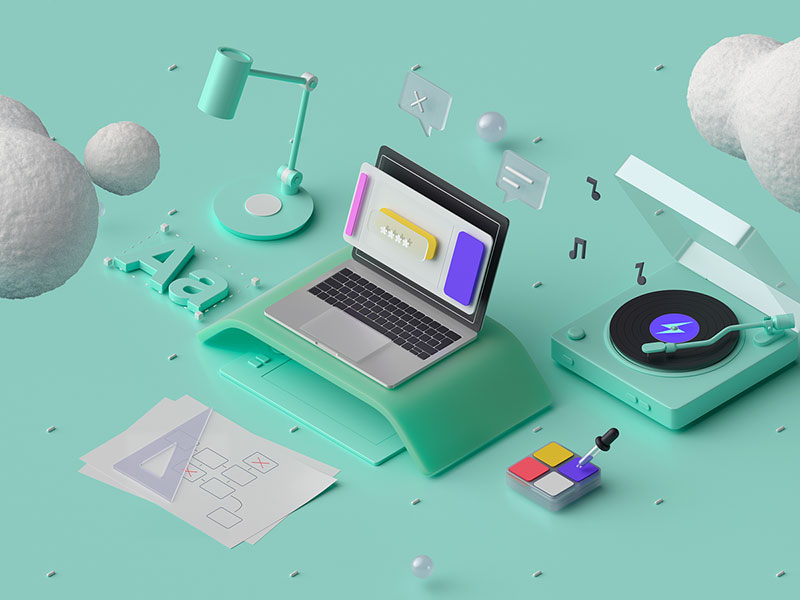
Now, let’s step into the future with 3D illustration. This style is like jumping into a whole new dimension.
- Rise of 3D: It’s not just about flat images anymore. We’re talking about depth, shadows, and a whole lot of realism. Artists are using tools like Adobe Illustrator and graphic tablets to bring their visions to life.
- Techniques and Innovations: From sleek product designs to those awesome game characters you love, 3D illustration is all about pushing boundaries and exploring new horizons.
Typography Illustration
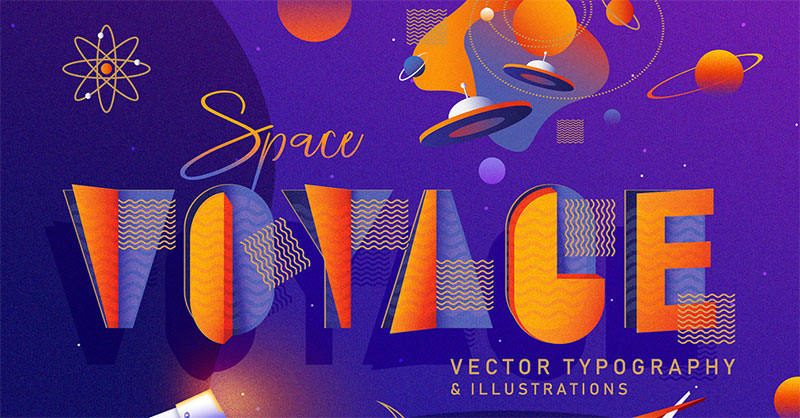
Words aren’t just for reading anymore; enter typography illustration. It’s where letters become art.
- Arranging Letters and Symbols: It’s all about playing with fonts, sizes, and layouts to create something that’s not just readable but visually stunning.
- Impact on Visual Appeal: Whether it’s an inspiring quote or a bold ad, typography illustrations grab your attention and hold it. It’s like the words are jumping off the page (or screen) and doing a little dance for you.
Traditional and Modern Illustration Styles
Retro and Vintage Illustrations

Let’s take a trip down memory lane with retro and vintage illustrations.
It’s like flipping through your grandparents’ photo albums but in the world of art.
These illustration styles bring back the good old days with a modern twist.
- Revival of Past Styles: It’s all about nostalgia, you know? Think of those classic ads from the ’50s or old-school comic book art. Artists today are breathing new life into these styles. It’s like a retro revival!
- Influence on Contemporary Design: These old-school vibes are not just about looking back; they’re making waves in today’s design world too. From fashion to graphic design, vintage illustrations add a timeless charm that’s just irresistible.
Geometric Illustration
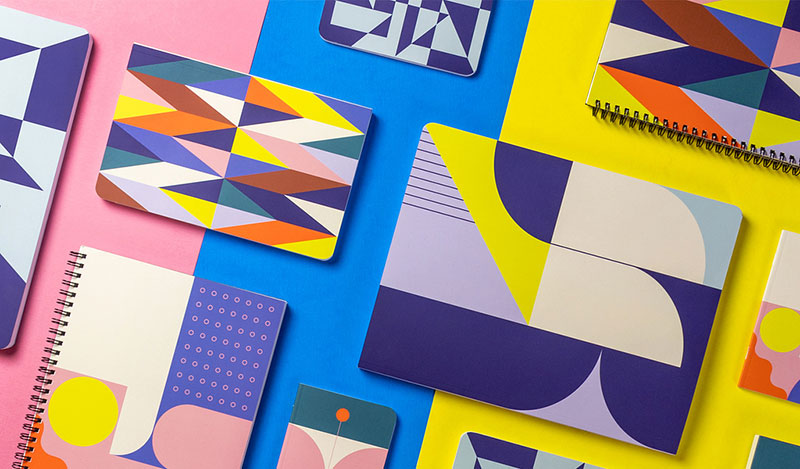
Now, let’s get into some geometric illustration. It’s like math class meets art class, but way cooler.
This style is all about using shapes to create something stunning.
- Use of Shapes: Imagine playing with Legos, but your Legos are circles, squares, and triangles making up awesome designs. That’s geometric illustration for you.
- Blend of Colors, Sizes, and Patterns: It’s not just about shapes; it’s how you use them. Mixing different sizes, colors, and patterns can turn a simple triangle into a piece of art that makes you go, “Wow!”
Caricatures
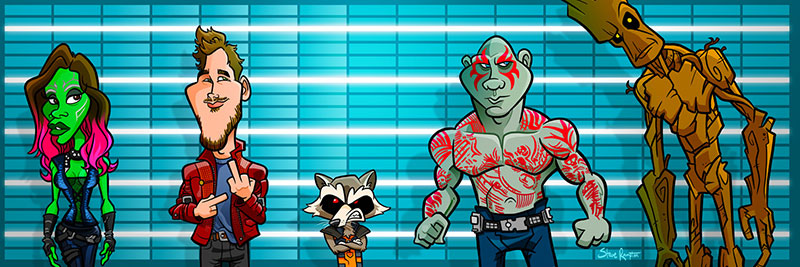
Ever seen those funny drawings where someone’s features are all exaggerated? Yup, that’s caricatures. It’s like the artist looked at someone and said, “Let’s turn up the fun.”
- Art of Exaggeration: Caricatures are all about taking someone’s features and just going wild with them. Big ears? Let’s make them huge. Got a unique nose? Let’s make it the star of the show.
- Historical and Modern Applications: This style isn’t just for laughs. It’s been used for political satire, in newspapers, and these days, it’s a hit at parties and events. It’s a fun way to capture someone’s essence in a playful way.
Comics and Graphic Novels
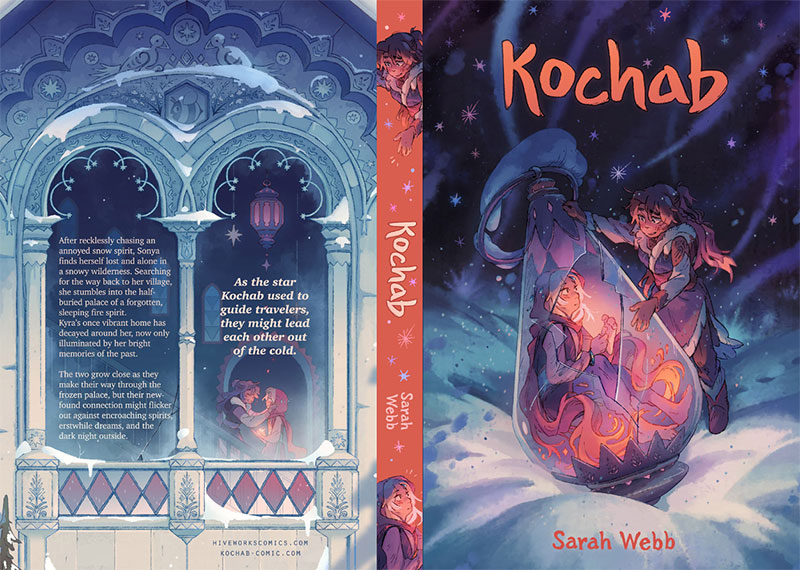
And then there are comics and graphic novels. It’s storytelling at its finest, with pictures leading the way.
- Evolution from Newspapers to Graphic Novels: Comics have come a long way. They started in newspapers, remember? Now they’re these epic graphic novels that can tell complex, deep stories through sequential art.
- Storytelling through Art: Comics are like a movie in a book. Each panel is a scene, each page a part of the story. And the illustration styles? They can range from simple line drawings to elaborate, detailed artwork.
Specialized Illustration Styles
Fantasy and Sci-Fi Illustration
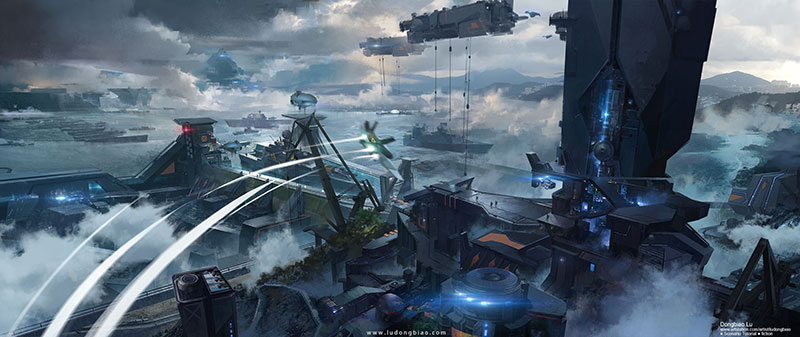
Diving into Fantasy and Sci-Fi Illustration, it’s like stepping into another realm. This style takes you on a journey to worlds unknown, with dragons, spaceships, and all that jazz.
- Elements of Fantasy: Think majestic castles, mystical creatures, and epic battles. Fantasy illustration styles are all about bringing those wild, imaginative stories to life. It’s like the artist has a magic wand, and poof – you’re in a fairy tale.
- Sci-Fi Themes: Now, switch gears to Sci-Fi. Here, it’s all about futuristic vibes, aliens, and hi-tech worlds. Sci-Fi illustrations take you on a space odyssey, where the artist is the captain steering through the galaxies of their imagination.
Anime Illustration
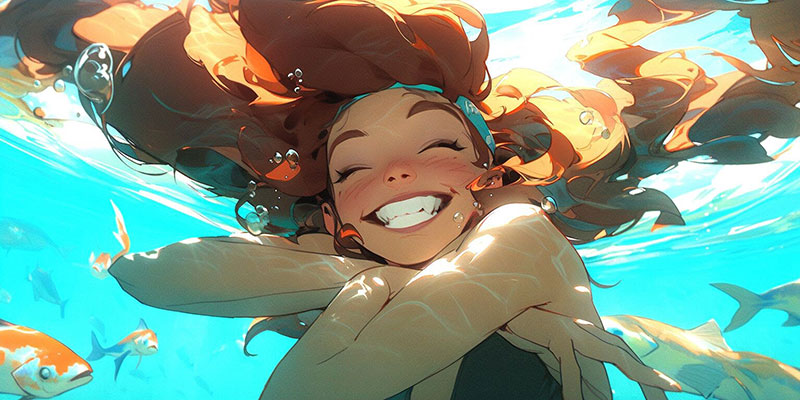
Next up, Anime Illustration. It’s a style that’s taken the world by storm, straight from Japan. Anime isn’t just a style; it’s a culture.
- Characteristics of Anime-Style: Big eyes, vibrant colors, and dramatic expressions – anime is expressive and emotive. It’s like each character is ready to leap off the page and tell you their life story.
- Cultural Impact and Popularity: Anime has crossed oceans and broken barriers. It’s more than just illustration styles; it’s a phenomenon. From TV shows to massive conventions, anime has a fanbase that’s as passionate as it gets.
Fashion Illustration

Strutting onto the runway of Fashion Illustration. This style is all about glamour, style, and those killer outfits.
- Role in the Fashion Industry: Fashion illustrations are like the blueprints of the fashion world. They’re how designers communicate their ideas – from dreamy dresses to avant-garde ensembles.
- Techniques and Trends: It’s not just about drawing clothes. It’s about capturing style, movement, and attitude. Fashion illustrations can be as varied as the fashion world itself, from detailed sketches to abstract, conceptual art.
Book Illustration
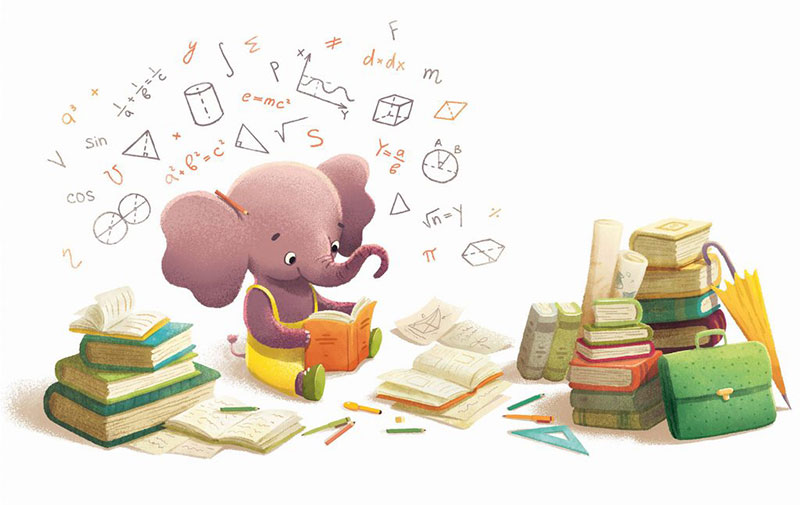
And then, there’s the cozy world of Book Illustration. These are the illustrations that bring stories to life, from fairy tales to gritty novels.
- Importance in Enhancing Literary Works: Book illustrations are like the best sidekicks for stories. They set the scene, bring characters to life, and help the reader dive into the book’s world.
- Variety of Styles Used: Whether it’s whimsical drawings for children’s books or intricate artwork for adult novels, book illustration styles are as diverse as the stories they accompany. Each one adds its own flavor to the story, making the reading experience even more enchanting.
Digital vs. Traditional Illustration
Comparison of Techniques
Let’s chat about the epic face-off: Digital vs. Traditional Illustration. It’s like comparing an eBook to a paperback; both have their charm, right?
Digital Illustration

Picture this – an artist with a graphic tablet, creating art out of pixels. Digital illustration is the new kid on the block. It’s all about software like Adobe Illustrator and tools like styluses and tablets.
The cool part? Undo buttons, endless colors, and the ability to zoom in and tweak the tiniest details. It’s like having a magic wand where mistakes can vanish in a click.
Traditional Illustration

Now, let’s not forget the OGs – pencils, brushes, watercolors, and inks. Traditional illustration is hands-on. It’s feeling the texture of the paper, the smell of the paint.
It’s more about the physical experience, the strokes, and the smudges. Sure, there’s no ‘Ctrl+Z’, but every stroke is unique, every piece one of a kind.
FAQ on Illustration Styles
What exactly defines an illustration style?
Well, it’s like a personal handwriting but for visuals, you know? An illustration style is a distinct blend of drawing techniques, color palettes, and subjects. It’s the artist’s fingerprint—unique expressions through art mediums that speak volumes without a peep.
How does cultural influence mold illustration styles?
Culture infuses illustration styles with that special zest. It hands out a palette of traditional motifs, symbolisms, and tones. From vibrant patterns of African art to Japan’s clean Manga lines, culture is the unseen hand guiding the brush.
Can illustration styles affect the emotional impact of a design?
Absolutely! So, get this—throw some watercolor illustrations into the mix; you’ve got yourself a soft, reflective vibe. But then, switch to bold pop art, and boom – your visuals are popping with energy. It’s all in the artistic expression, buddy.
Are certain illustration styles more suited for digital over print?
Yeap, digital’s a whole new playground. You bet some styles, like crisp vector graphic design, are digital darlings—they scale without a hitch. On flip side, textures in fine art illustrations often crave the tactile feel of print to truly sing.
What’s trending in illustration styles these days?
It’s a revolving door, trends come and go. Currently, there’s a surge in nostalgia; folks are digging vintage illustrations, myself included. And digital art? Vector artwork’s all the craze with its clean, scalable edges. Hashtag retrofuturism, anyone?
Is it necessary for a brand to stick with one illustration style?
Stick with one, and you’ve got coherency. It becomes your visual shout-out. Though, don’t cage your creativity—brands evolve, artistic movements shape-shift, and your visuals? They go with the flow, reflecting that branding imagery evolution.
How do I choose the right illustration style for my project?
Choices, choices! Start with your message—what’s the mood? Then, ponder on visual arts that match. Whimsical story? Perhaps sketching methods and character design. Techie blog? Infographics and vector artwork might be your best pals here.
How do I develop my own illustration style?
It’s like cooking—you start with the basics, your creative process, add a pinch of personal flavor, likely your favorite art mediums, and then, well, experiment like a mad scientist. Span time perfecting your craft and voilà—your own style.
Do certain illustration styles work better for web design?
Yup, web design loves styles that play nice with user interfaces. We’re talking modern illustration with its slick, vector artwork and iconography that scales without losing its cool. Plus, anything that zips on loading times is a web win.
What resources can help me learn about different illustration styles?
A treasure trove awaits—art education sites, online communities like Behance, and even museum collections online. For hands-on learning, software like Adobe Illustrator and apps like Procreate are gold mines. Get out there, explore, learn, and wield that pen (or stylus).
Conclusion
So, we’ve navigated the vibrant sea of illustration styles, haven’t we? Sailed past the whimsical shores of character design, dove into the depths of digital painting, and surfed the waves of modern illustration. You’ve seen how these styles are more than just pretty pictures; they’re conversations without words, they’re the soul of a message wrapped in visuals.
Let’s round it off with a snapshot:
- Sketching methods that lay down raw ideas onto paper.
- Vector artwork that defines the digital realm.
- Artistic movements that remind us where we’ve been and hint at where we’re going.
Each style tells its own tale, sets a different tempo, and invites unique vibes to the party. Remember, figuring out the best fit for your project? It’s part art, part science, part wild card, so feel free to play around.
Take these styles, these creative processes, and the visual arts knowledge, and make them your sidekicks. Here’s to creating something that turns heads and fires up imaginations. Ready, set, illustrate!
If you liked this article about illustration styles, you should check out these articles as well:
- Face Cards: The Intricate Playing Card Designs
- T-Shirt Design Ideas That Will Inspire You to Design a T-Shirt
- The Epic Games Logo History, Colors, Font, And Meaning - 24 April 2024
- Spread Joy: Happy Color Palettes for Uplifting Designs - 24 April 2024
- The Konami Logo History, Colors, Font, And Meaning - 23 April 2024



